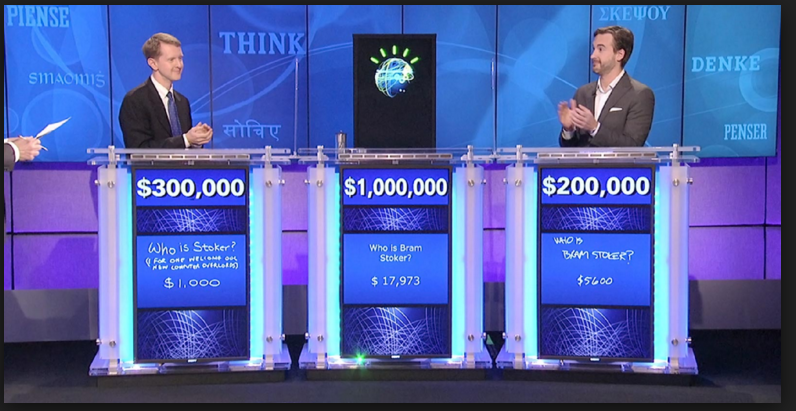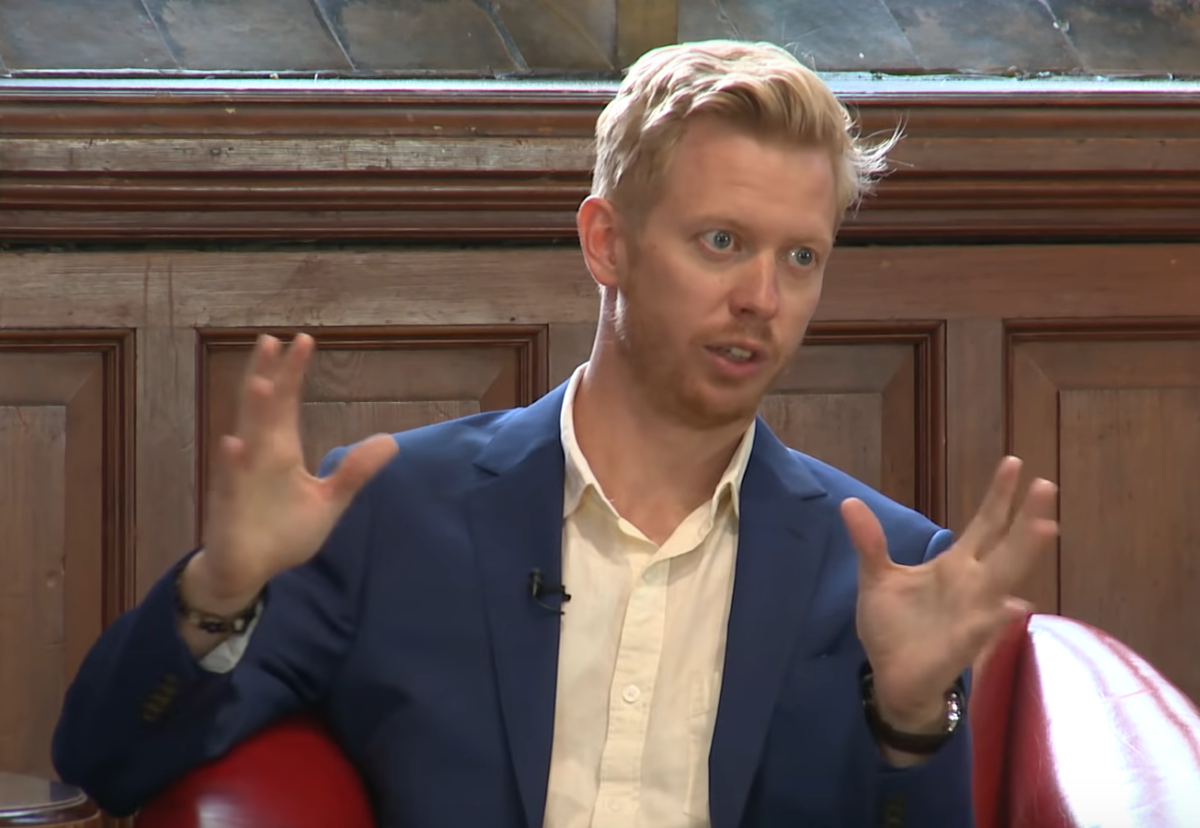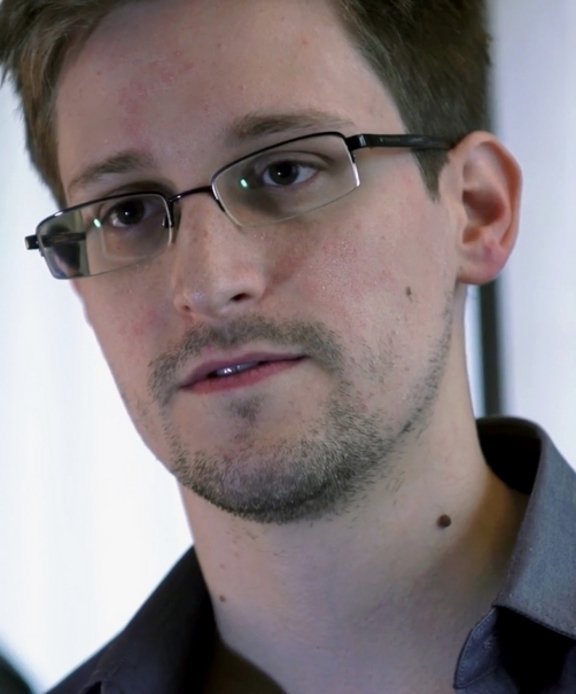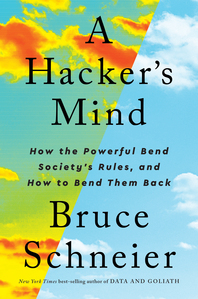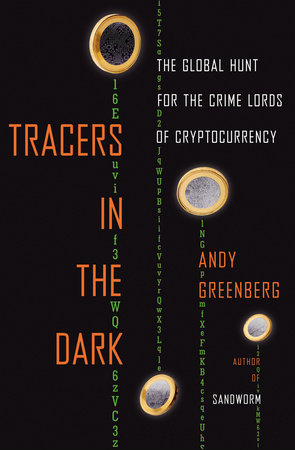The launch of the Fediverse-compatible Meta app Threads seems to have slightly overshadowed the European Court of Justice’s ruling, earlier in the week. This ruling deserves more attention: it undermines the basis of Meta’s targeted advertising. In noyb’s initial reaction, data protection legal bulldog Max Schrems suggests the judgment will make life difficult for not just Meta but other advertising companies.
As Alex Scroxton explains at Computer Weekly, the ruling rejects several different claims by Meta that all attempt to bypass the requirement enshrined in the General Data Protection Regulation that where there is no legal basis for data processing users must actively consent. Meta can’t get by with claiming that targeted advertising is a part of its service users expect, or that it’s technically necessary to provide its service.
More interesting is the fact that the original complaint was not filed by a data protection authority but by Germany’s antitrust body, which sees Meta’s our-way-or-get-lost approach to data gathering as abuse of its dominant position – and the CJEU has upheld this idea.
All this is presumably part of why Meta decided to roll out Threads in many countries but *not* the EU, In February, as a consequence of Brexit, Meta moved UK users to its US agreements. The UK’s data protection law is a clone of GDPR and will remain so until and unless the British Parliament changes it via the pending Data Protection and Digital Information bill. Still, it seems the move makes Meta ready to exploit such changes if they do occur.
Warning to people with longstanding Instagram accounts who want to try Threads: if your plan is to try and (maybe) delete, set up a new Instagram account for the purpose. Otherwise, you’ll be sad to discover that deleting your new Threads account means vaping your old Instagram account along with it. It’s the Hotel California method of Getting Big Fast.
***
Last week the Irish Council for Civil Liberties warned that a last-minute amendment to the Courts and Civil Law (Miscellaneous) bill will allow Ireland’s Data Protection Commissioner to mark any of its proceedings “confidential” and thereby bar third parties from publishing information about them. Effectively, it blocks criticism. This is a muzzle not only for the ICCL and other activists and journalists but for aforesaid bulldog Schrems, who has made a career of pushing the DPC to enforce the law it was created to enforce. He keeps winning in court, too, which I’m sure must be terribly annoying.
The Irish DPC is an essential resource for everyone in Europe because Ireland is the European home of so many of American Big Tech’s subsidiaries. So this amendment – which reportedly passed the Oireachta (Ireland’s parliament) – is an alarming development.
***
Over the last few years Canadian law professor Michael Geist has had plenty of complaints about Canada’s Online News Act, aka C-18. Like the Australian legislation it emulates, C-18 requires intermediaries like Facebook and Google to negotiate and pay for licenses to link to Canadian news content. The bill became law on June 22.
Naturally, Meta and Google have warned that they will block links to Canadian news media from their services when the bill comes into force six months hence. They also intend to withdraw their ongoing programs to support the Canadian press. In response, the Canadian government has pulled its own advertising from Meta platforms Facebook and Instagram. Much hyperbolic silliness is taking place –
Pretty much everyone who is not the Canadian government thinks the bill is misconceived. Canadian publishers will lose traffic, not gain revenues, and no one will be happy. In Australia, the main beneficiary appears to be Rupert Murdoch, with whom Google signed a three-year agreement in 2021 and who is hardly the sort of independent local media some hoped would benefit. Unhappily, the state of California wants in on this game; its in-progress Journalism Preservation Act also seeks to require Big Tech to pay a “journalism usage fee”.
The result is to continue to undermine the open Internet, in which the link is fundamental to sharing information. If things aren’t being (pay)walled off, blocked for copyright/geography, or removed for corporate reasons – the latest announced casualty is the GIF hosting site Gfycat – they’re being withheld to avoid compliance requirements or withdrawn for tax reasons. None of us are better off for any of this.
***
Those with long memories will recall that in 2011 IBM’s giant computer, Watson, beat the top champions at the TV game show Jeopardy. IBM predicted a great future for Watson as a medical diagnostician.
By 2019, that projected future was failing. “Overpromised and underdelivered,” ran a IEEE Spectrum headline. IBM is still trying, and is hoping for success with cancer diagnosis.
Meanwhile, Watson has a new (marketing) role: analyzing the draw and providing audio and text commentary for back-court tennis matches at Wimbledon and for highlights clips. For each match, Watson also calculates the competitors’ chances of winning and the favorability of their draw. For a veteran tennis watcher, it’s unsatisfying, though: IBM offers only a black box score, and nothing to show how that number was reached. At least human commentators tell you – albeit at great, repetitive length – the basis of their reasoning.
Illustrations: IBM’s Watson, which beat two of Jeopardy‘s greatest champions in 2011.
Wendy M. Grossman is the 2013 winner of the Enigma Award. Her Web site has an extensive archive of her books, articles, and music, and an archive of earlier columns in this series. Follow on Twitter.
